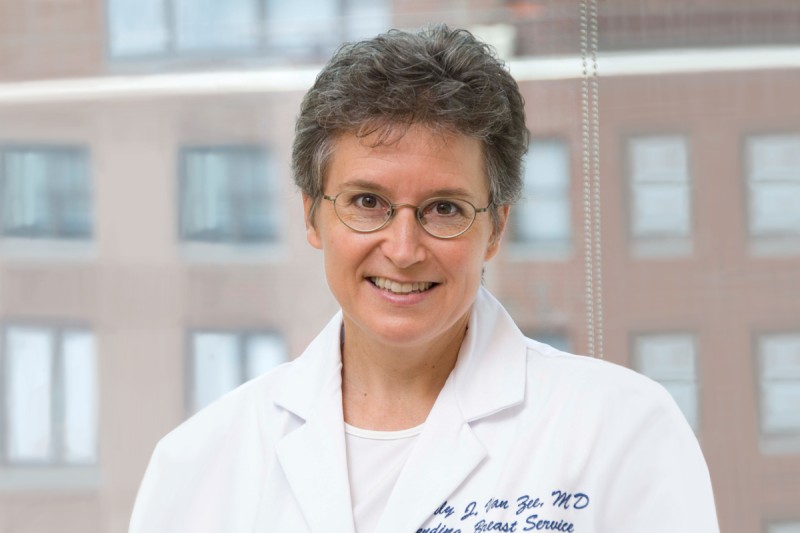
The decision regarding treatment following breast-conserving surgery for patients diagnosed with ductal carcinoma in-situ (DCIS) has long been an area of discussion and confusion for patients and physicians alike. While the mortality rates for DCIS remain low, the risk of local recurrence in the breast is high. Standard treatments following surgery include radiation therapy and hormone treatment. While both treatments have been proven to lower the risk of recurrence in the breast, neither has been shown to improve survival, and both carry potentially serious risks. In an attempt to help physicians and patients weigh the risks and benefits of the available options, researchers from Memorial Sloan Kettering Cancer Center (MSKCC) are reporting in the Journal of Clinical Oncology on the development of a new prediction tool that calculates a patient’s individualized risk for recurrence five and ten years after surgery.
“For the first time, using readily available information, a patient and her oncologist can estimate her individualized risk, and then use this tool to help in the decision-making process regarding treatment options,” said Kimberly Van Zee, MD, an attending surgeon in the Breast Cancer Surgical Service at Memorial Sloan Kettering Cancer Center and the study’s lead author. “To date, there has been no other way to integrate all of the known risk factors for recurrence and come up with an individualized absolute risk estimate. This nomogram will be a valuable tool in weighing the pros and cons of various treatments.”
Today, approximately one in five new breast cancer cases will be diagnosed as DCIS, making non-invasive breast cancer the fourth most commonly diagnosed malignancy in women. In 2009, more than 67,000 new cases of DCIS were diagnosed in the United States. Experts cite increased use of screening methods such as mammography as the reason for the rise in case numbers.
In DCIS, cancer cells are confined to an area within the ducts of the breast and have not invaded surrounding breast tissue outside the ducts. Because DCIS is an early-stage breast cancer, survival following treatment for DCIS is about 98 percent. Paradoxically, however, the ten-year local breast recurrence rate is about 15 percent — which is higher than the ten-year recurrence rate for women who have received breast-conserving treatment for invasive cancer. (Local recurrence is about 3 to 7 percent in women with invasive cancer who have received systemic therapy.)
Large, randomized clinical trials have shown that radiation after breast-conserving surgery decreases local breast recurrence by about half in patients with DCIS. However, radiation does not result in better survival and carries rare but serious potential risks. Therefore, most radiation oncologists do not recommend radiation to all women with DCIS — rather, they attempt to identify those at lowest risk for recurrence and spare them radiation.
According to Dr. Van Zee, until now, there has been no prediction tool to help doctors estimate the risk of recurrence and thus help identify which patients would benefit most from radiation therapy. As such, there is a need to generate an individualized estimate for the risk of recurrence when weighing the risks and benefits of said treatments. For example, in a woman at very high risk of recurrence, the added benefit of radiation and/or hormone treatments would be relatively large as compared to a woman at very low risk of recurrence.
In this study, researchers collected clinical and pathological data from 1,681 women who had breast-conserving surgery from 1991 to 2006 at MSKCC. The nomogram was built using ten variables, including the patient’s age, family history, clinical presentation, margin status, and histopathological features such as nuclear grade and presence of necrosis - all commonly available factors.
“Given that nomograms have been repeatedly shown to be more accurate at risk estimation than expert opinion, it is very helpful to have mathematical models to integrate available information and improve the decision-making process for our patients,” said Dr. Van Zee.

